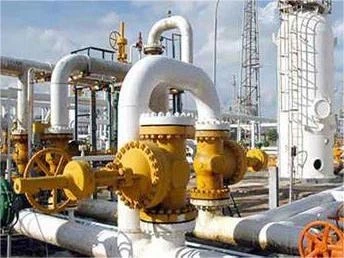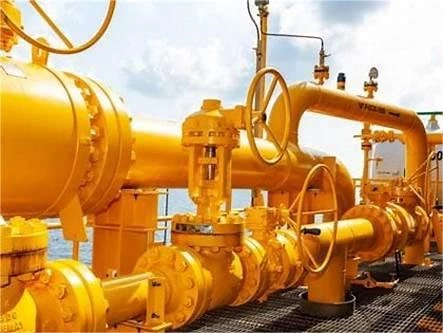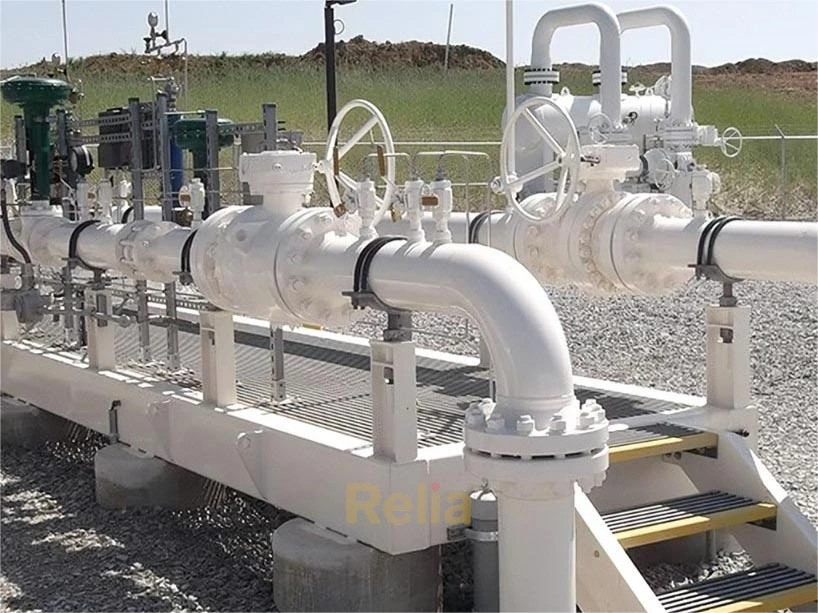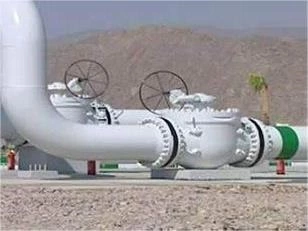Hydraulic Actuators
Hydraulic actuators are capable of delivering very high torques, and with it the fast stroking speed necessary to operate larger valves. They offer stiffness in the stroke, because they are using what is considered to be a non-compressible liquid. Hydraulic actuators are used for these characteristics when, for certain reasons, pneumatic or electric motors are either not suitable or not available.
Basically there are four designs for linear, part-turn valves, and multi-turn valves:
1. Rack and pinion
2. Hydraulic motor, worm, and gear
3. Rotary piston
4. Piston and cylinder
Hydraulic actuators are available as double acting or spring return, similar to pneumatic actuators and the pressure is supplied by means of a hydraulic pump. This power source can be supplied either locally by a power pack, or remotely with the hydraulic uid transferred through small bore tubing. The pressure of the hydraulic uid can be varied to supply different torque outputs. This allows for more exibility of energy sources and subsequent outputs than is available with both electric and pneumatic actuators.
The energy output of double-acting actuators is constant, however with the spring return type there is a loss of energy during the compression of the spring.
Advantages
1. Higher operating forces can be achieved.
2. Hydraulic pressure can be stored, either locally or remotely.
3. The hydraulic uid is considered to be incompressible and this results instability during operation.
4. The hydraulic actuator is compact in size and it can therefore be coated and insulated economically.
Disadvantages
1. No kinetic energy for hammerblow unseating valves.
2. The cost for providing a hydraulic tubing system to supply a network could be economically prohibitive.
3. Remote locations will require long tubing runs and pressure drops that in some cases will prohibit the use of hydraulic powered actuators.
4. Components for hydraulic actuators require close machining toler- ances to maintain effective seal characteristics. This means that in the event of ?re there is a high probability that these actuators will not operate as required.
5. The hydraulic uid supply has a relatively high thermal expansion rate and the tubing system will have to be protected from possible ?re. Also because of possible thermal expansion, it maybe necessary to install a relief device to combat overpressurization.
Summary
Hydraulic and electrohydraulic actuators are robust, very reliable, and they offer a very stiff stroke. The well constructed ones are water-tight and suitable for use in extremely wet environments, such as offshore and sub sea wellheads. However, they are expensive and they can be large and bulky and require special attention during operation.



